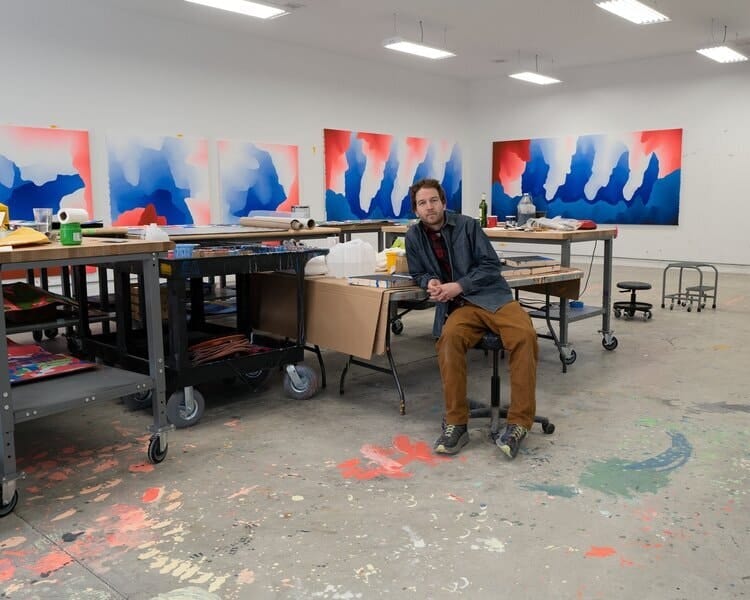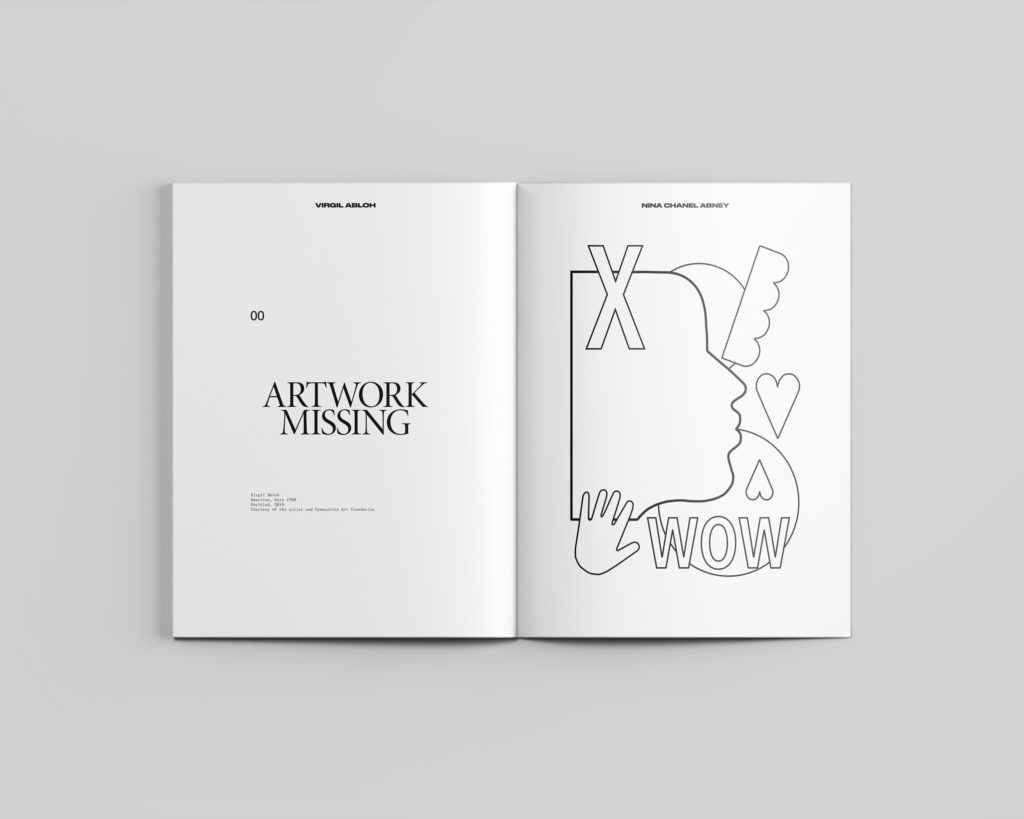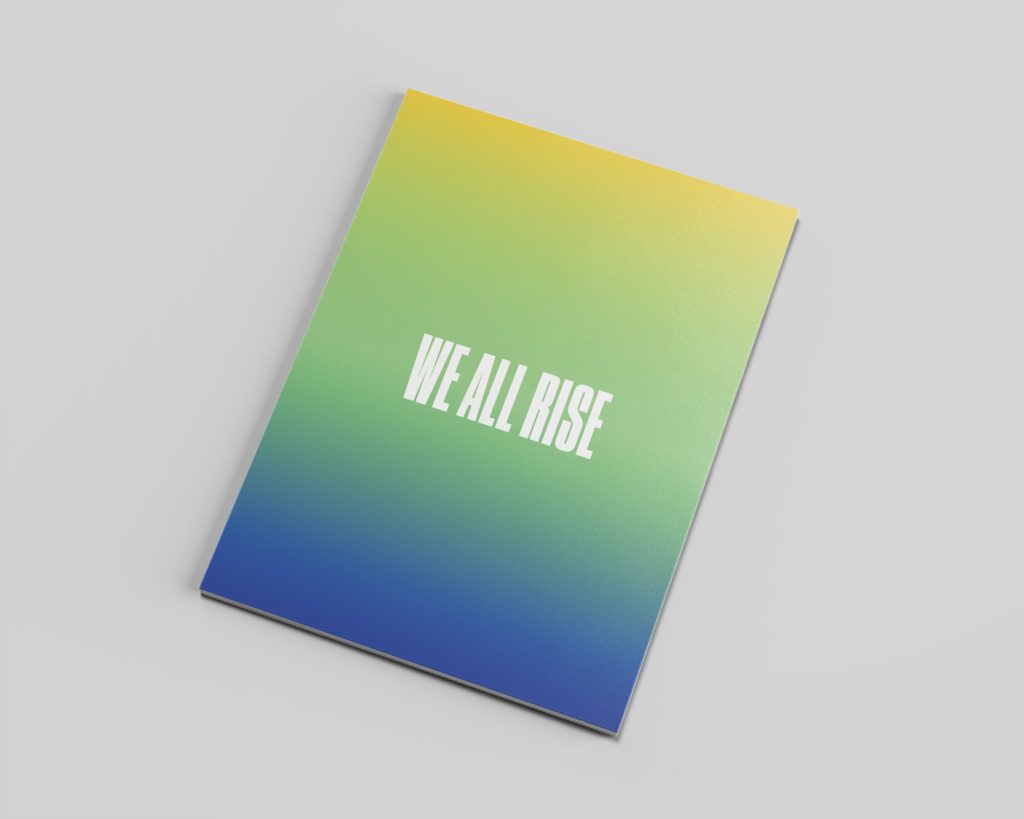Articles and Features
The Digital High Five:
Library Street Collective from Detroit, Michigan

The Digital High Five is Artland’s new interview series that will be published weekly and will feature one of our partner galleries. We have created this new series to connect with galleries, share insights, and shed light on initiatives that are taking place amongst our community. For the month of April we are focusing on topics that address technology, digital strategy and thinking outside the box during a global crisis.
To kick us off, we had the opportunity to speak with Anthony Curis, who is one of the partners of Library Street Collective located in Detroit Michigan.
With technology now at the forefront of how galleries are operating, how are you using technology? (ex. online sales, various platforms, social media etc)
Being based in Detroit outside of major art hubs, much of our sales activity happens online, so a digital presence and the use of media in many forms to communicate work is very important to us. Social media is huge, instagram in particular. We’ve focused the past year on these strategies, particularly a unique digital exhibition platform that will be released in the coming weeks that we’re very excited about. Artland and its capabilities around virtual space has provided us with a great avenue to add value to the way we present our shows online.
“I can’t say it enough, but I think being creative is crucial – using your story and your unique offering to put together a presence that really reflects that. We’re in a creative field, and though it’s important to not overshadow or complicate the presentation of the work because the art is the focus, digital strategies are limitless.”
What specific digital strategy has brought you success and has been the most effective?
I’d have to say that instagram has been incredibly powerful. It’s a place where we can present many different kinds of media (images, but also video, GIFS, and animations) to a really wide audience. It’s very communal, and a lot of further contact builds from things that are first presented on the platform. It’s an easy and effective way to tell stories.
What excites you the most when it comes to the use of technology being used in galleries? What is your biggest concern? Biggest surprise?
I think that we’re just beginning to scratch the surface of what we can offer digitally. The options grow all the time, and exploring new opportunities is exciting and encourages creativity. During this pandemic and shutdown, we immediately saw galleries, artists and institutions rise to the challenge and rethink the ways they express themselves online. The concern sometimes is that efforts are scrolled through so quickly, but if you really consider the best way to execute an idea digitally, I don’t think it goes unnoticed. It’s been a surprise to see the leaps that the creative community has made during the last few weeks – there are aspects of ingenuity that flourish under necessity.
Managing an online digital presence can be overwhelming – what is some advice that you have for other galleries around the world who are looking to develop their digital strategy?
I guess I can’t say it enough, but I think being creative is crucial – using your story and your unique offering to put together a presence that really reflects that. We’re in a creative field, and though it’s important to not overshadow or complicate the presentation of the work because the art is the focus, digital strategies are limitless. The trick is keeping up on new technologies, learning the platforms, and communicating the work according to your artists’ needs and ambitions.

Detroit Public Schools food distribution program through the support of Detroit-based non-profit Forgotten Harvest.


“A lot of what we do publicly has a strong experiential component, and without people coming in groups to see it, it might not happen. We also looked immediately to consider what we could do to help our community through art during the pandemic.”
How does this current global crisis encourage you to think outside the box in regards to collaboration, arts education and public art?
It’s forced us to think quickly, but also accept uncertainty. We’re working towards exhibitions and public programs that may be affected even months from now, but it’s been important for us to do our best to look ahead in the hopes that things will return to normal sooner than later, around public art initiatives in particular. A lot of what we do publicly has a strong experiential component, and without people coming in groups to see it, it might not happen. We also looked immediately to consider what we could do to help our community through art during the pandemic. This was the first concern for my wife, JJ, and I; we had the idea to assemble and release a sketchbook (titled WE ALL RISE) featuring unique work from 29 incredible artists (Nina Chanel Abney, Nick Cave, KAWS, Eddie Martinez and many more), the sales of which all proceeds are benefiting a food program that brings meals to Detroit Public School Community District students and their families. The response has been incredible. It can be purchased – or donate to the cause to receive an e-book – on our site at www.lscgallery.com.
How do you think the current situation will change the way that art galleries approach the integration of technology into their programs going forward?
I think that once implemented – if perhaps a gallery hasn’t tested these options much before – it will be hard to deny the reach of these tools. I hope it inspires galleries to continue exploring digital strategies and also inspires artists to explore the application of these types of media to their practice. We might see a real increase in digital and media-based work, as well as a deeper consideration of the way the digital realm affects our lives and interactions with one another.
By Meghan Corso